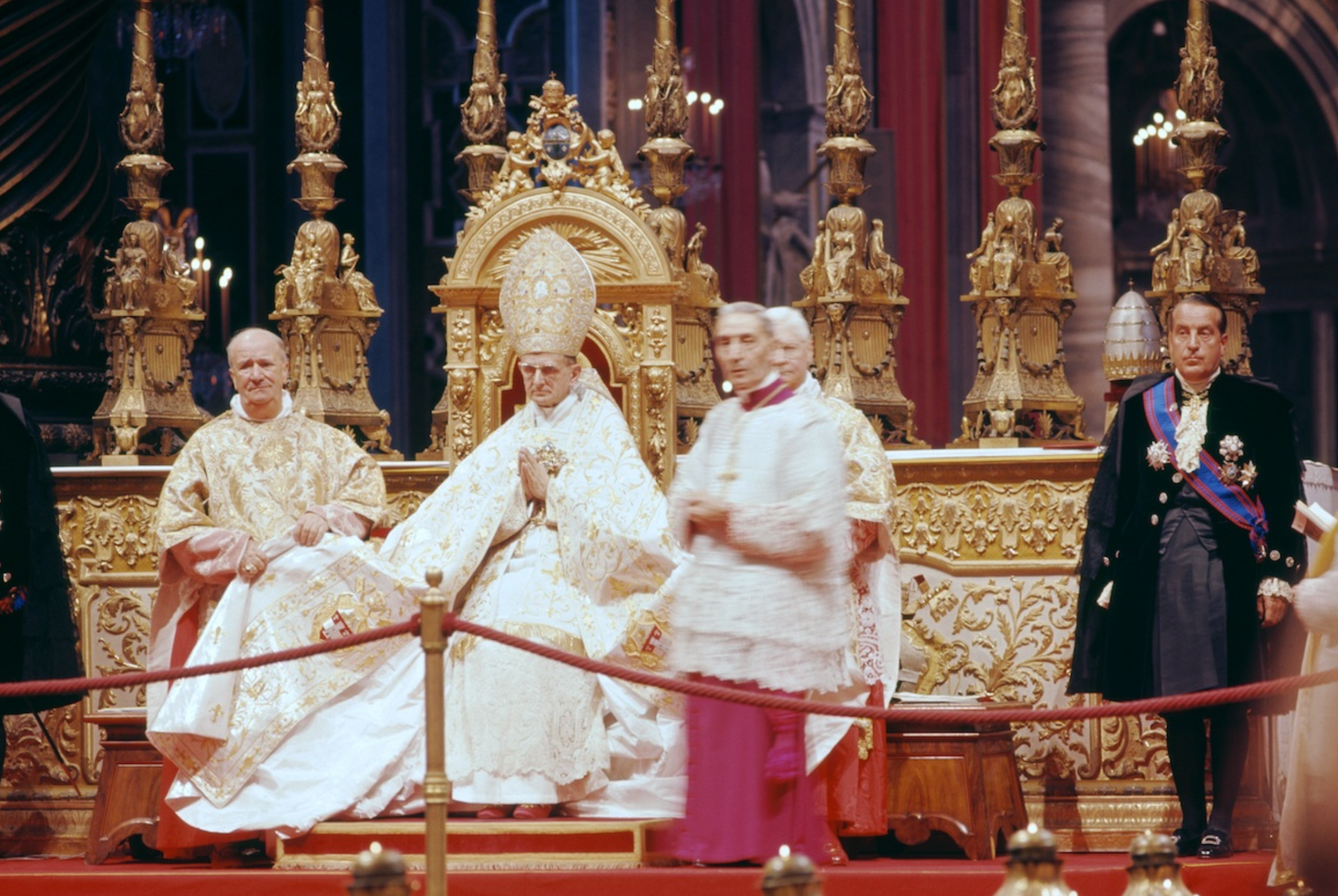The Society of Jesus after the Second Vatican Council

From the Council’s legacy to Jesuit renewal between faith, justice, and education
Opened by Pope John XXIII in 1962 and concluded three years later by Pope Paul VI, the Second Vatican Council marked a watershed moment for the Catholic Church. For the Society of Jesus, already deeply engaged in education, mission, and social work, it was the beginning of a profound renewal and a redefinition of its role. The Jesuits faced the responsibility of embodying the Council’s insights within their apostolic mission.
A new vision of the Church
The Council radically transformed the Catholic world by introducing the vision of the Church as the “People of God.” Key changes included:
- the strengthening of the role of the laity;
- the use of local languages in the liturgy alongside Latin;
- the centrality of the Word of God in the Church’s mission.
It also marked the beginning of a greater openness to dialogue with the contemporary world, with other Christian denominations, and with other religions. The Church thus embarked on a path of openness, closeness to the faithful, and attentiveness to social change. The Society of Jesus embraced this transformation during its 31st General Congregation in 1965.
The 31st General Congregation and the leadership of Pedro Arrupe
The 31st General Congregation, led by Father Pedro Arrupe (Superior General from 1965 to 1983), marked the start of an internal renewal and a reformulation of the Jesuit mission.
Arrupe became a charismatic and practical leader, translating the Council’s guidelines into concrete pillars of action: care for the poor, inculturation of faith (adapting the Gospel to different cultures), interreligious dialogue, and the promotion of justice. His motto, “to serve the faith and promote justice,” became the compass guiding the Jesuits in the post-conciliar era.
Between social justice and educational dialogue
In the wake of the Second Vatican Council, the Jesuits reaffirmed the close relationship between the Gospel and social justice. In Latin America, many Jesuits supported liberation theology, standing with the poor and the marginalized. Some paid with their lives for this choice: such was the case of the six Jesuits murdered on November 16, 1989, at the Central American University of San Salvador, precisely because of their commitment to the oppressed.
At the same time, the Jesuit educational mission continued to renew itself. Colleges and universities fostered dialogue between faith, science, and progress, becoming centers of formation and cultural innovation. The journal La Civiltà Cattolica also played a crucial role as a platform for Christian reflection, interpreting contemporary issues in the light of the Gospel.
Ignatian spirituality and new horizons
The Spiritual Exercises of St. Ignatius, at the heart of Jesuit formation, were reinterpreted in a modern key: no longer only an internal practice for the Society, but also an experience open to laypeople, fostering a more personal relationship with the Word of God.
Thus, Ignatian spirituality remained the solid foundation of the Society, while opening itself to new social and cultural contexts, with renewed emphasis on the active participation of the faithful.
A living legacy in constant evolution
Fidelity to the charism of St. Ignatius of Loyola and to the ideals of the Second Vatican Council has remained a constant within the Society of Jesus. The dual mission of faith and justice continues to guide the Jesuits worldwide, together with their commitment to education, human rights, and interreligious dialogue.
This legacy has found full expression with the election of Pope Francis, the first Jesuit pope, in 2013: a clear sign that the post-conciliar renewal of the Society is today an integral part of the life of the universal Church.
Share
